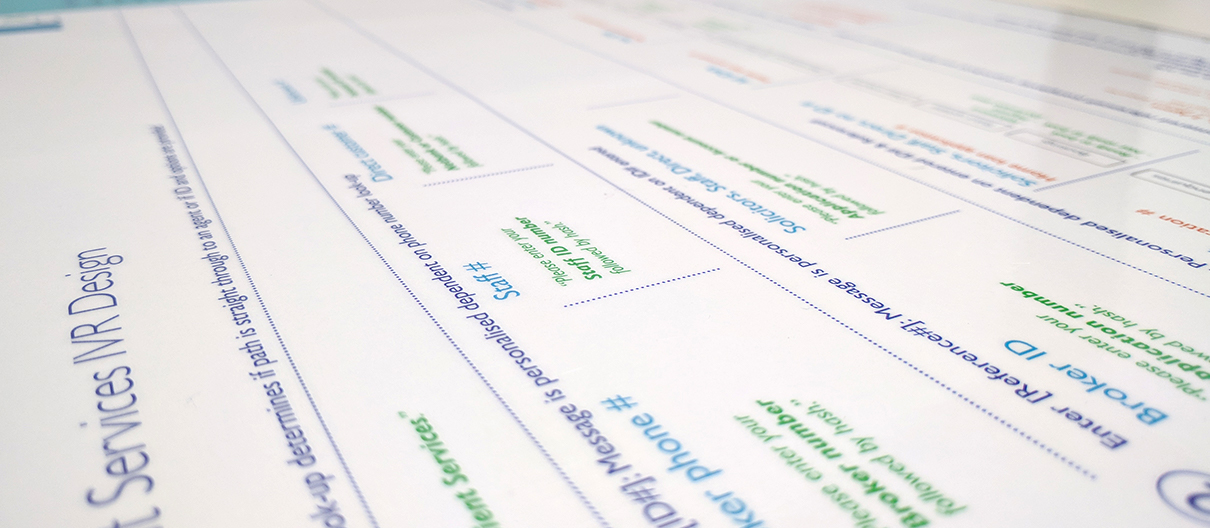Interactive Voice Response (IVR) insights and user experience design
Insights and the future state design of a banking IVR to encourage customers to self-serve.
An Australian bank had made changes to their IVR to encourage customers to self-serve, and identified that customers were not adopting ‘self-serve’ functions and there was a decrease in the number of customers inputting their identification number. It was unknown why customers were choosing not to validate or to use the IVR for phone banking.
CXCO were engaged by the business to provide insight into the customer failure points of the existing interactive voice response system (IVR) for phone banking, define the future state requirements, and design the future state IVR experience.
The opportunity
Business data showed that 64% of calls could be completed through self-service on the IVR and other digital channels. The business didn’t understand why self-service on the IVR was not occurring, but hypothesised that the existing IVR options were confusing, which is why customers preferred agent-contact over self-service. It was unclear when the call was transferred to an agent, if the customer was getting to the right person who could resolve the issue on the first call.
Our Client was planning a complete redesign of the IVR in the next two years, but before then needed to improve the current IVR experience using the capabilities of the existing technology. The challenge was to define the requirements of, and design the solution for, the future state IVR experience, whilst identifying what design modifications could be implemented immediately.

Our approach
 Discover
Discover
CXCO facilitated a kick-off workshop with stakeholders to establish the objectives and project outcomes. CXCO conducted discovery activities with customer service teams, including workshops, interviews and call listening.
 Analysis and IVR review
Analysis and IVR review
CXCO conducted a task analysis using the information collected, and defined the customer tasks and requirements of self-service across products and user types. CXCO conducted an IVR review to provide feedback on the customer experience, including wording clarity, grammar, logic, use of standard key assignments, meaningfulness of options, and feedback regarding the voice persona.
 Insights
Insights
The insights gained were synthesised to highlight key pain-points and failure demand in the existing IVR, and visually communicated through customer activity maps to represent the current experience and points of failure.
 UX concept and design
UX concept and design
Informed by the insights we developed concepts and path flows for a future IVR experience that we iteratively tested with users. CXCO delivered recommendations to ensure the IVR met industry standards, and IVR design specifications that included principles and guidelines, flows and prompts, and system requirements to enable the business to select a vendor and implement the solution.
 CXCO produced experience flows as a key deliverable for the client.
CXCO produced experience flows as a key deliverable for the client.
Key outcomes
Evidence based insights and a review based on industry standards identified points of failure in the current IVR experience and informed recommendations to ensure the future state design meets standards and is easy to use.

